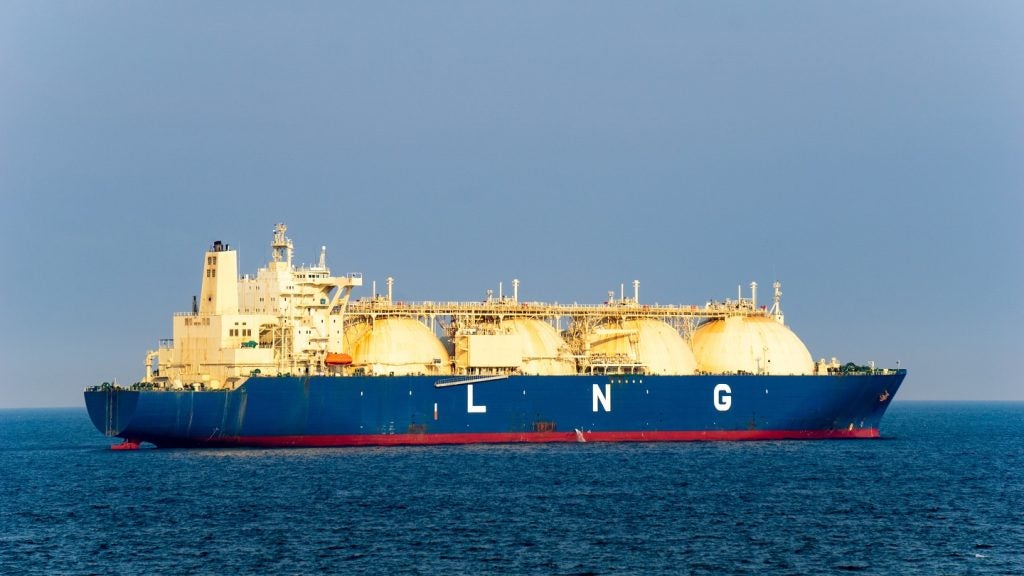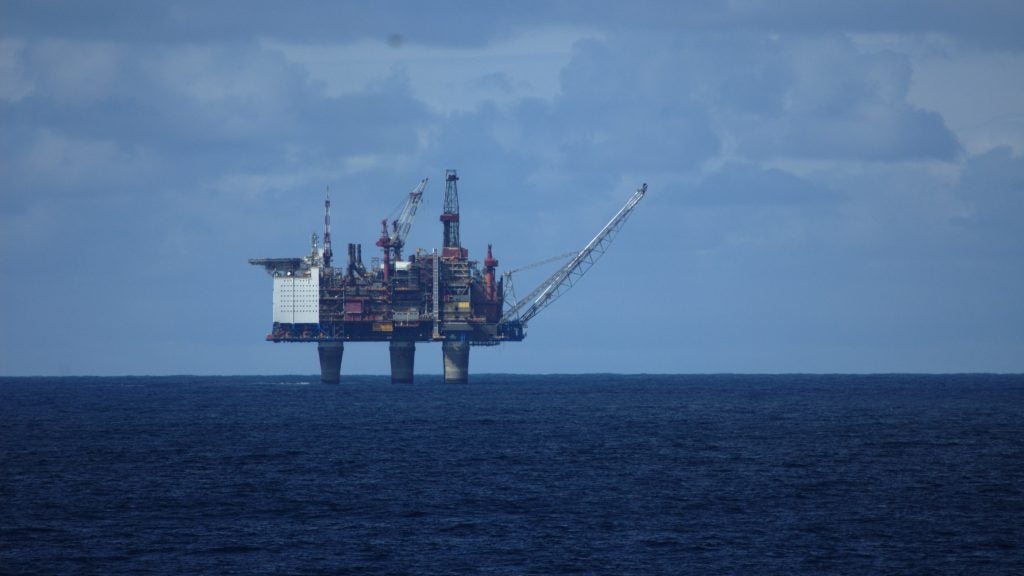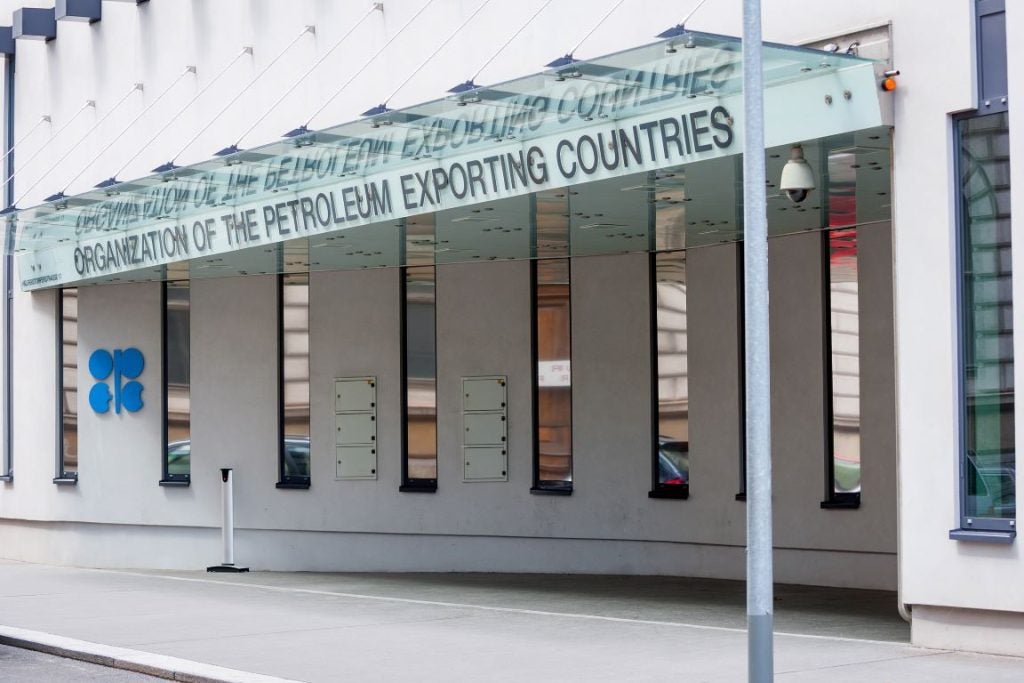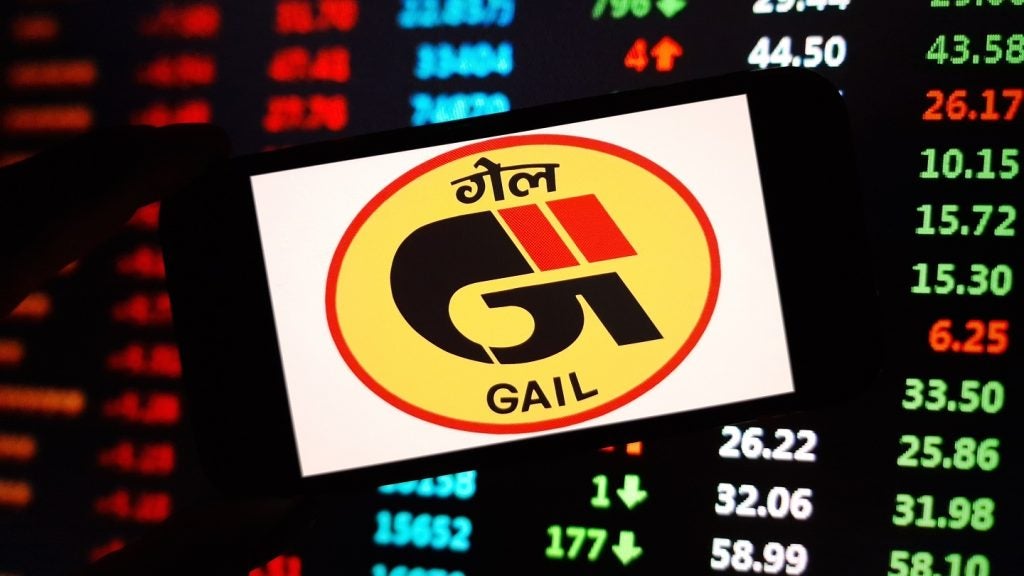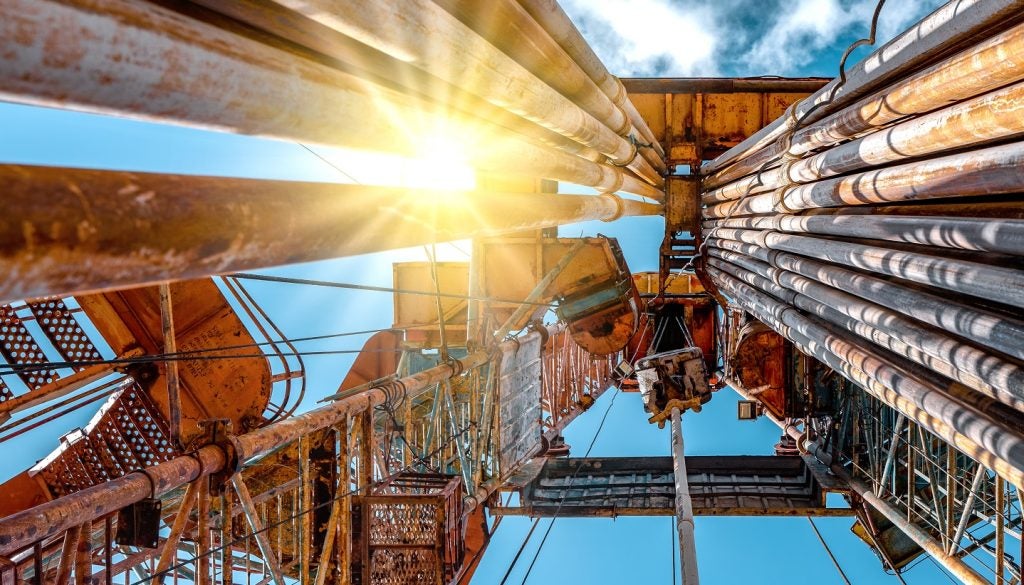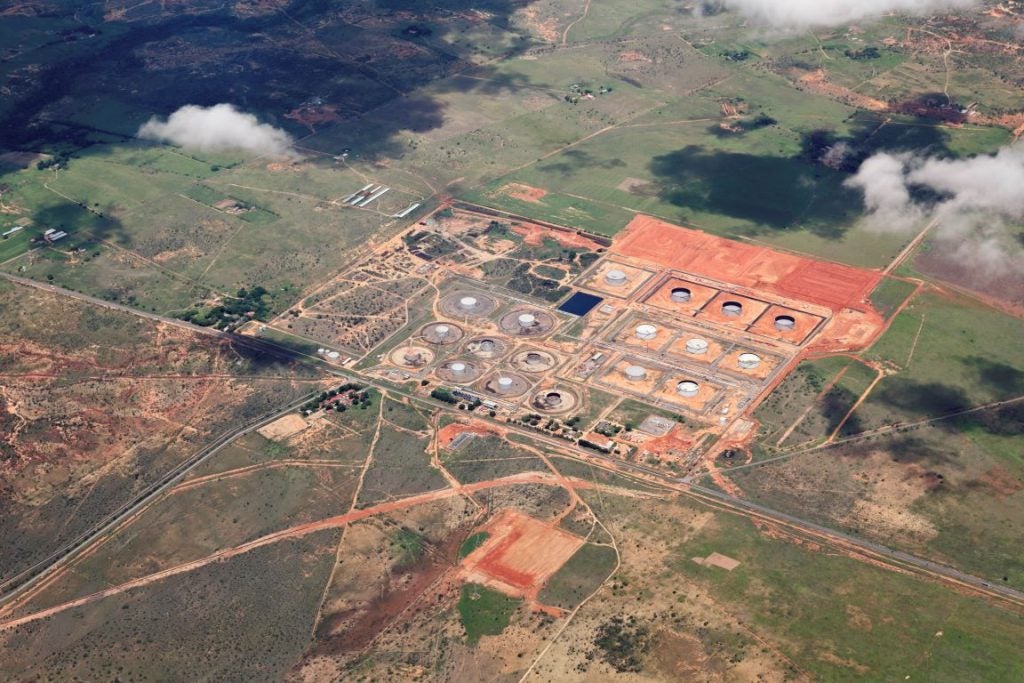Russia’s state-run energy company, Gazprom, has delivered its second shipment of LNG from its small-scale Portovaya LNG plant on the Baltic Sea to Spain, according to Reuters analysis of shipping data.
LNG exports from Russia have not been under Western sanctions, unlike oil exports. According to analysis by Urgewald, a German non-profit environmental research organisation, Russian LNG is regularly transported to Belgium, France, the Netherlands and Spain. In 2023, the EU imported 31 million tonnes (mt) of Russian LNG, but in December imports reached their monthly record of 3.2mt.
However, the EU has implemented measures in an attempt to stem the flow. Last week, the European Parliament passed rules that allow governments to ban Russian LNG imports by preventing Russian companies from booking gas infrastructure capacity. France, Spain and Belgium have not yet confirmed whether they will use the new law.
According to Reuters, a spokesperson for Spain’s energy ministry said the country supports the common EU position on banning Russian LNG, as Russian companies could avert a Spain-only ban by sending their fuel to other EU ports.
Nevertheless, data showed that a tanker known as the Cool Rover, which loaded LNG ship-to-ship from the floating storage and regasification unit, the Marshal Vasilkevskiy, discharged at the BBG LNG terminal in the Spanish port town of Bilbao.
Last month Gazprom made its first shipment of LNG from Portovaya to Spain.
Since the outbreak of the war in Ukraine in 2022, Gazprom’s exports of gas to Europe through pipelines has dropped significantly, draining Moscow of a key source of revenue. Last year, Russia supplied just 28.3 billion cubic metres (bcm) of gas to Europe via pipelines, down from 63.8bcm in 2022 and 148bcm in 2021.
To establish alternative customers, Russia has been developing the Arctic LNG 2 project with China.


